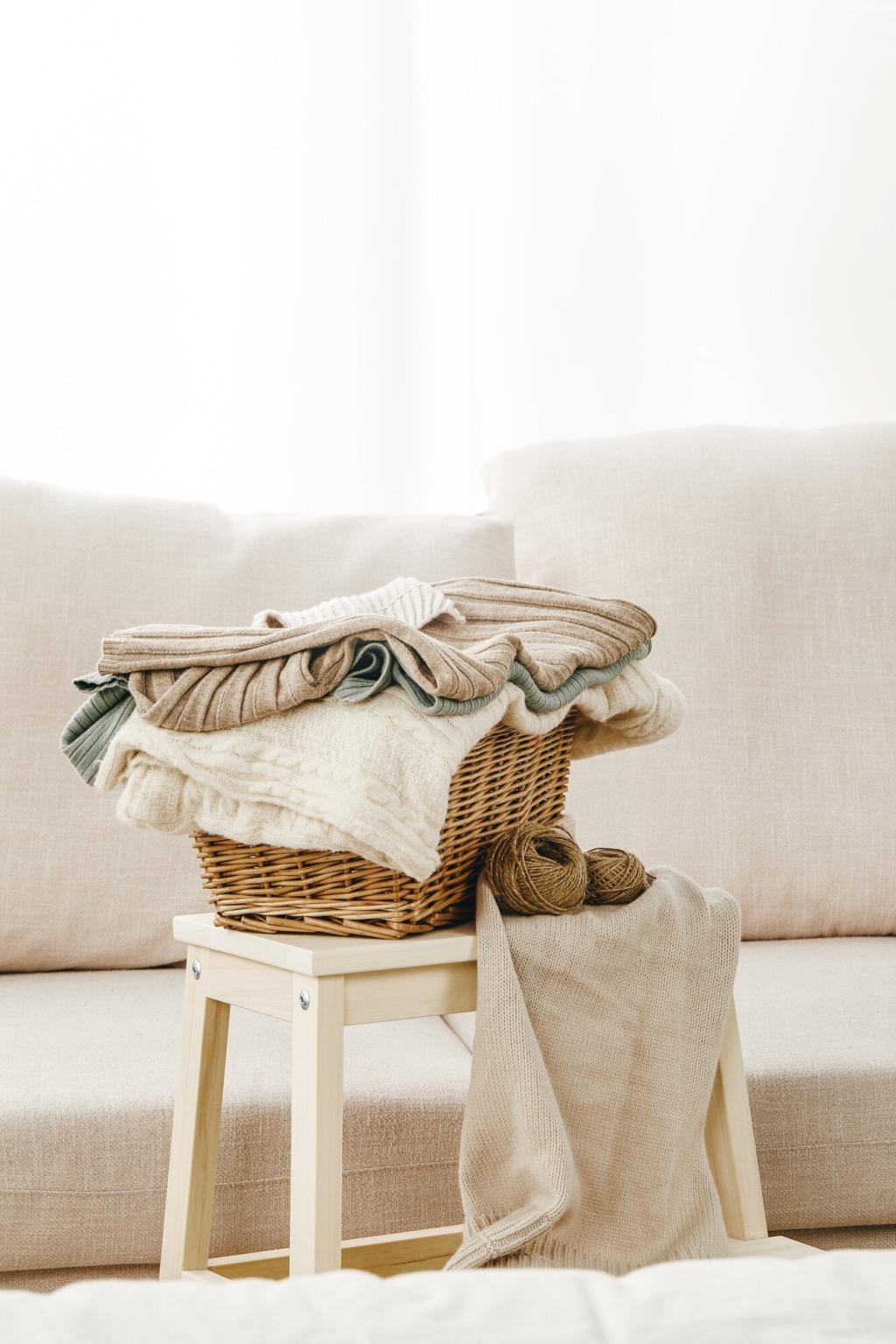Eco-Friendly Fabrics for Daily Fashion

Previous slide
Next slide

Comfort and Breathability
Natural and some man-made eco-friendly fabrics are renowned for their softness, moisture-wicking, and breathability, which translate into greater comfort during day-to-day activities. Materials like organic cotton and linen allow frequent air flow, preventing overheating and skin irritation. The chemical-free processing of these fabrics further ensures that sensitive skin is protected, appealing to those who prioritize comfort just as much as sustainability in their clothing choices.
Durability and Longevity
Contrary to old misconceptions, sustainable textiles are not only gentle on the earth but also incredibly durable. Innovations in fabric technology and artisanal weaving techniques mean that garments maintain their structure and color through frequent washing and wear. By investing in wardrobes made from robust, eco-friendly fabrics, individuals can reduce the frequency of replacements, contributing to both waste reduction and long-term savings.
Healthier Choices for Consumers
Clothing crafted from eco-friendly fabrics is often free from harsh chemicals, dyes, and pesticides, minimizing exposure to potentially harmful substances. This benefits not only the wearer but also the farmers and workers involved in the supply chain. Reduced allergenic reactions and diminished risk of toxins make these alternatives especially attractive for families, children, and anyone with sensitive skin or allergies.
Navigating Labels and Certifications
There are several respected certifications that authenticate the sustainability of fabrics, such as the Global Organic Textile Standard (GOTS), OEKO-TEX Standard 100, and Fair Trade. Each certification has its unique focus, from organic farming practices to chemical content and ethical labor standards. By recognizing and seeking these labels, consumers can avoid misleading claims, also known as greenwashing, and feel confident that their purchases align with their environmental values.

Sustainable fibers like TENCEL™, linen, and organic cotton are transformed into garments that transition effortlessly from office-ready ensembles to relaxed weekend outfits. Crisp shirts, tailored trousers, casual dresses and everything in between can now be found in eco-conscious materials, reflecting timeless style and everyday versatility. These clothes not only look good but also carry the added satisfaction of responsible consumption with each wear.
Everyday Versatility and Style

Care and Maintenance Tips
Sustainable textiles often require gentler care than conventional fabrics. Cold washing with mild, eco-friendly detergents preserves fiber integrity and reduces water and energy use. Air drying instead of machine drying helps maintain shape and avoids unnecessary wear. These simple changes not only lengthen garment life but also lessen overall environmental impact—proving that conscious laundering is integral to sustainable fashion.
The Role of Technology and Innovation
Breakthroughs in fiber development, such as lab-grown silk, mushroom-based materials, and recycled ocean plastics, are redefining sustainability in fashion. These pioneering fabrics replicate the properties of their traditional counterparts while boasting significantly lower environmental impacts. Brands dedicated to research and development are pushing the boundaries and inspiring eco-conscious choices at every level of fashion production and consumption.
Inspiring Brands and Designers
01
Brands such as Stella McCartney, Eileen Fisher, and Patagonia are at the forefront of sustainable fashion, offering collections that pair quality and ethics in equal measure. These labels invest in cleaner supply chains, champion recycled and organic materials, and continuously strive to lessen their environmental impacts. By setting bold examples, they influence both their peers and the wider market, making sustainable fashion increasingly mainstream.
02
Small-scale designers and community-based initiatives add diversity and authenticity to the eco-fashion movement. By emphasizing local materials, traditional techniques, and fair labor, these businesses marry heritage with innovation. Their work supports not only environmental sustainability but also cultural preservation and economic empowerment, revealing that fashion can be a force for positive global change at every scale.
03
Multifaceted cooperation is catalyzing the progress of eco-friendly fashion. Collaborations between brands, textile scientists, NGOs, and governments foster the exchange of ideas and resources, driving new advances in sustainable materials and manufacturing. These partnerships also ensure a wider impact, as knowledge and standards can be shared, tested, and adopted across the globe for a more sustainable fashion future.
